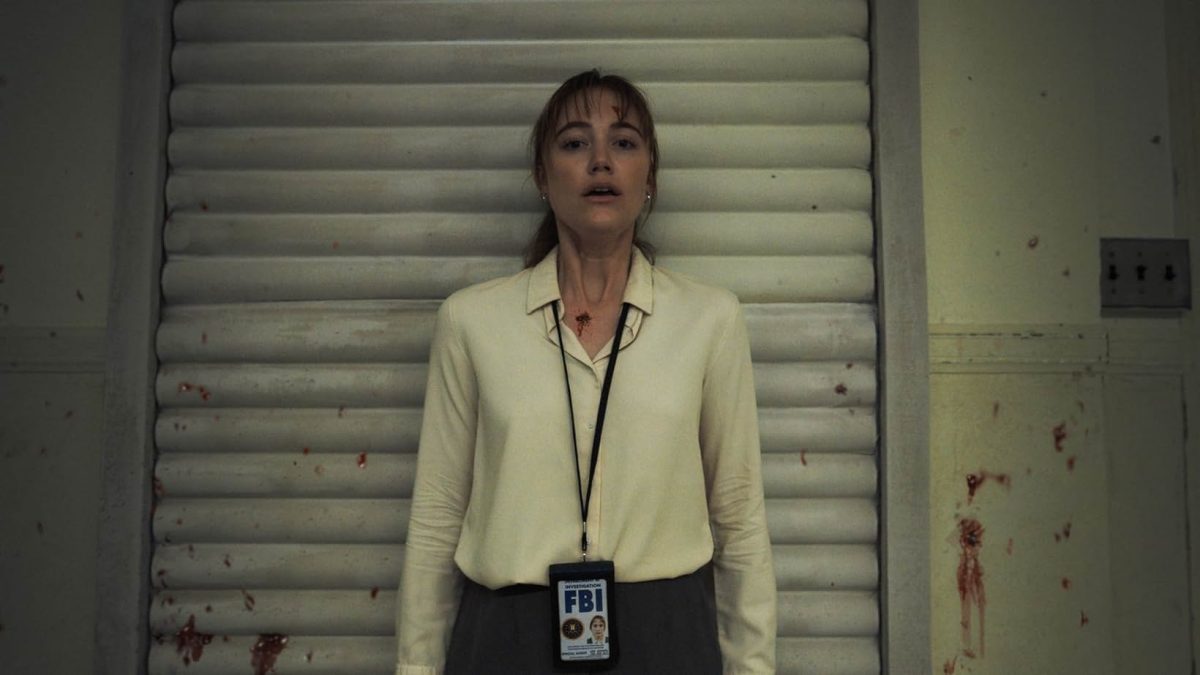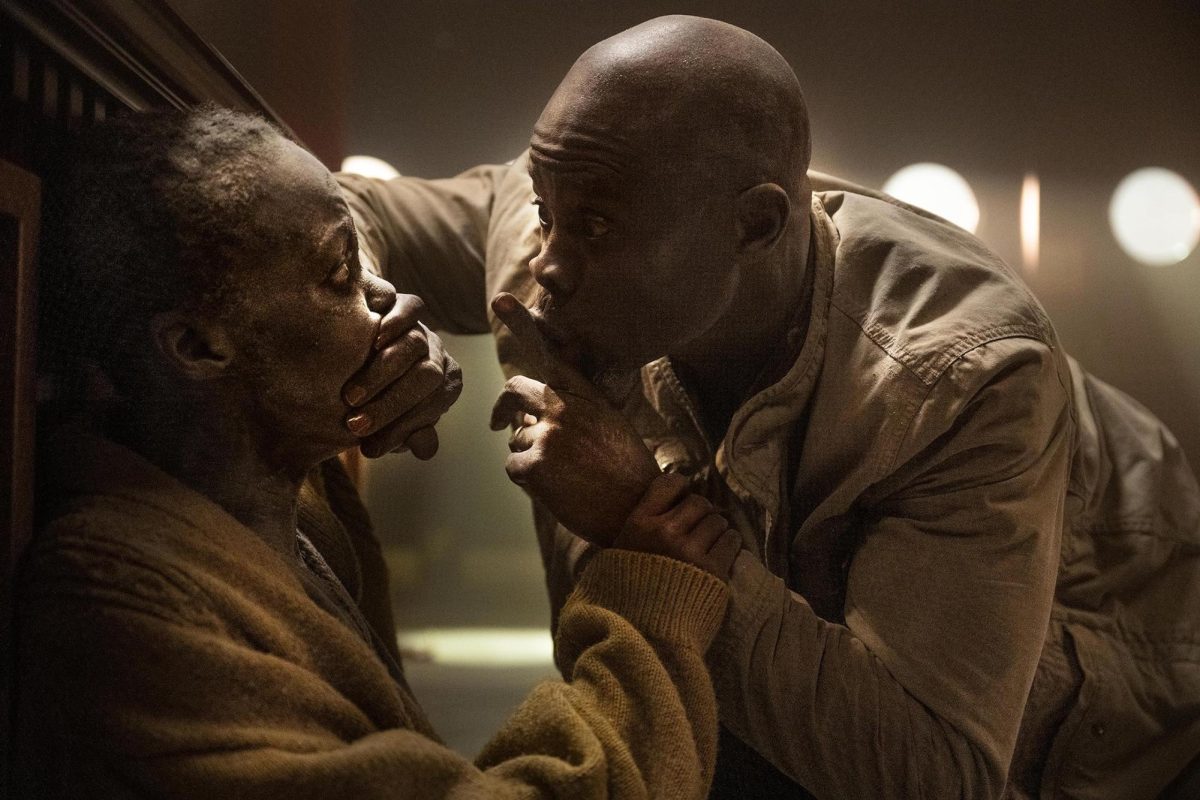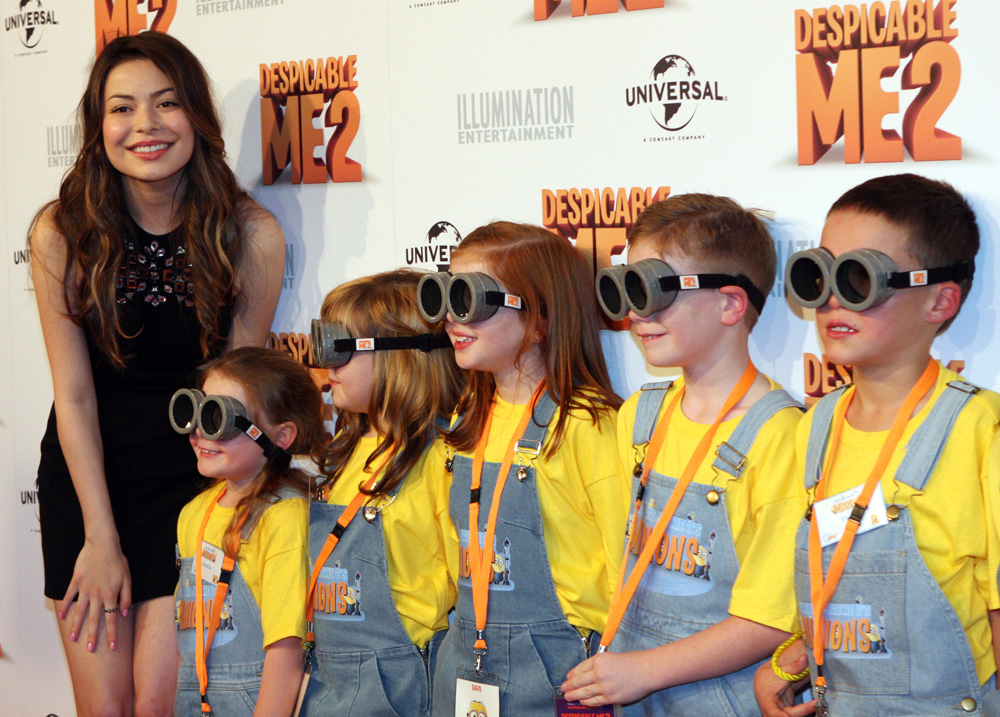Jonathan Glazer’s latest film, “The Zone of Interest,” is an alarming and unsettling examination of the bureaucracy of evil and how humanity desensitizes itself to the most horrifying atrocities.
The film follows Rudolf Höss (Christian Friedel) and the commandant of the Auschwitz concentration camp as he tries to build a life of domestic comfort with his family mere feet away from mass extermination.
We never see inside Auschwitz, however. Glazer keeps the camera fixed specifically within this zone bordering on the concentration camp. In doing so, he constructs a cognitive dissonance between the idyllicism of the film’s imagery and the horror of not seeing what is behind the wall of the deadliest Nazi death camp.
Looking through Höss’ family photos, Glazer notes the inherent idealized nature of these images.
“It could be anywhere,” Glazer said in an interview with Vanity Fair. The anonymity of the photos betrays their truth. With “The Zone of Interest,” Glazer examines this anonymity by showing what was omitted from these photos.
Get The Daily Illini in your inbox!
In an introductory scene, we watch Höss on the morning of his birthday. Fully outfitted in Nazi uniform, he is directed out of the house while wearing a blindfold to the garden, where his family then presents him with a brand new kayak. Throughout this entire sequence, we only see Höss’ house, the garden and some neighboring homes.
Suddenly, as the celebration is over, we cut to the reverse shot, where we see that Auschwitz is right across the street. Höss walks — as anyone might walk into work — into the camp, and the camera sharply cuts away to another scene.
Though obstructed from view, the film does not ignore the Holocaust. Glazer and sound designer Johnnie Burn give an impression of the suffering through sound. Gunshots, screams, dogs barking, furnaces bellowing and the thunderous rattling of trains are some of the sonic interruptions that resonate and linger within the space of the film’s world.
In an interview with Polygon, Burn discussed how the film uses two different tracks — one that featured all of Höss’ story in the frame and another depicting the sounds of Auschwitz. In constructing the second track, Burn noted how he never wanted the sounds to exist in service to Höss’ story. The sound effects shouldn’t punctuate or interfere with the action on screen; rather, “They just happen and are ignored, like they’re from a different reality.”
The result is something effective and insidious. “The Zone of Interest” has a way of seeping into your skin more than any other film in recent memory. Throughout its runtime, the film’s juxtaposition between mundanity and unknowing atrocity compounds itself, burrowing deep into your being until it hits your core.
Part of this effect comes from the film’s unique cinematographic rhythm. The camera does not exist with any inherent motion on its own; Glazer shoots in a hidden camera style. The camera match-cuts as the characters navigate within their space, tracking them very matter-of-factly. The compositions shift from uncomfortably wide and omnipresent to very planar and geometric.
Often, the camera feels like a method of surveillance on the characters. In keeping with the film’s efforts to showcase these heinous people not as dramatic villains but as humans whose evil comes from how they shield themselves from their reality to augment their status, this specific way of capturing people only furthers the separation between the audience and the film’s characters.
This only underscores the film’s overarching claim: Those instrumental in executing great atrocity desensitize themselves from it to facilitate its completion.
Though light on narrative, the film is tethered by a collection of pivotal beats. Whether it be how Höss’ wife Hedwig (Sandra Hüller) spends her days, how Hedwig’s mother acclimates to staying with the Höss family for the first time, or Höss and Hedwig’s conflict over a potential relocation, “The Zone of Interest” never feels wholly dispersed.
Despite the lack of plot, the way the film’s collections of scenes build up on each other is overwhelmingly intense. An early scene depicts Höss and a couple of his children playing in a small river — only for the lake to become full of ash released from the camp’s crematorium. The clip shows just how harrowing the film’s presentation can be. Most of the scenes in the film function within this duality in an immensely impactful way.
Much of the information in the film is told through phone messages, voiced-over readings of letters and conversations characters have over the phone. The professional formality by which we see these messages play out in contrast to their subject matter, often concerned with the running of the camp, further reinforces how the film depicts the institutionalized business and bureaucracy that allowed for this genocide to continue.
Though the film presents these characters within the structure of this bureaucracy, it never victimizes them. Glazer makes it wholly apparent that Höss and his family were aware of what was going on and fully consumed by Hitler’s doctrine. Their complicity in realizing Hitler’s orders makes the scale at which this hierarchy functioned that much more bone-chilling.
The story of the Höss family is at times interjected with sequences of a girl leaving food in secret for prisoners at night. To capture these scenes, Glazer and his team employed a thermal MRI camera, leading to an eerie and distinct thermal imaging effect. Set against Mica Levi’s atonal and blistering film score — the only stretches of the movie besides the opening title and the end credits to have any score at all — these interludes evoke something almost otherworldly, as if moments of empathy can only be found using a camera meant to image life itself.
The film’s ending, an even more striking break from form, resonates strongly. We see the convergence of three central concepts: the willingness of those to detach themselves from the atrocities they are directly complicit in, the institutions in place that allow these atrocities to happen, and the people in the present who have to desensitize themselves from this history.
“The Zone of Interest” is an undeniably challenging film. Its subject matter, married with its experimentalist presentation, can be deeply affecting. Its audacity makes the fact that it was recently nominated for the Academy Award for Best Picture all the more surprising.
Nevertheless, “The Zone of Interest” is a singular film of our times. Statements on the machinations of evil and the role of the self in proliferating unfathomable horror are heightened by a perfect harmony of image, sound and editing. The film demands that you look straight into it, and in doing so, it becomes unforgettable.













